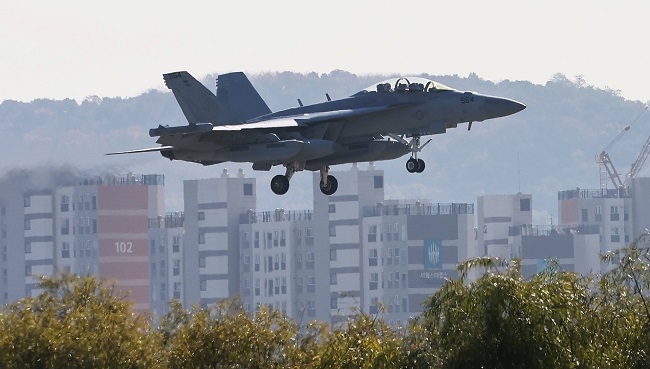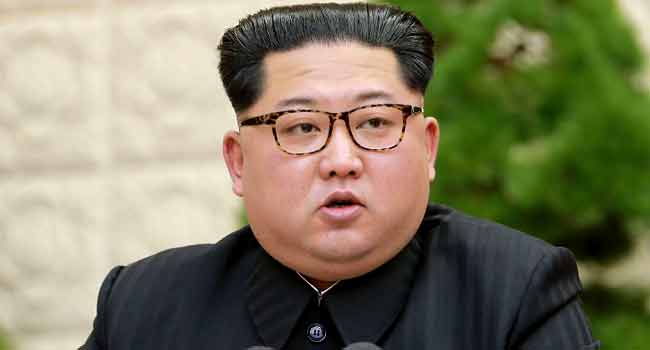
South Korea’s military scrambled stealth jets on Friday after detecting the mobilisation of 180 North Korean warplanes, Seoul said as it conducted large-scale joint air drills with the United States which have infuriated Pyongyang.
North Korea has launched a record-breaking blitz of missile launches this week, including a failed intercontinental ballistic missile test on Thursday.
Seoul and Washington extended their largest-ever joint air drills through Saturday in response to the North’s flurry of projectiles.
READ ALSO: Former Pakistan PM Imran Khan Stable After ‘Assassination Attempt’
“Our military detected around 180 North Korean warplanes” mobilised in Pyongyang’s airspace, Seoul’s Joint Chiefs of Staff said, adding that Seoul “scrambled 80 fighter jets including F-35As” while jets involved in the joint drills were also “maintaining readiness”.
Shortly after South Korea announced the decision to extend the joint drills on Thursday, Pyongyang launched three more short-range ballistic missiles, calling the move “a very dangerous and wrong choice”.
Hours later, the North fired 80 artillery rounds that landed in a maritime “buffer zone”, Seoul’s military said.
The barrage was a “clear violation” of the 2018 agreement that established the buffer zone in a bid to reduce tensions between the two sides, Seoul’s Joints Chiefs of Staff said.
The artillery fire came after Pyongyang fired about 30 missiles Wednesday and Thursday, including an intercontinental ballistic missile and one that landed near South Korea’s territorial waters for the first time since the end of the Korean War in 1953.
US Defence Secretary Lloyd Austin described Pyongyang’s ICBM launch as “illegal and destabilising”, and Seoul and Washington vowed to pursue new measures to demonstrate their “determination and capabilities” against the North’s growing threats.
Experts and officials have said Pyongyang is ramping up its tests in protest over the US-South Korean drills. Washington and Seoul have repeatedly warned that Pyongyang’s recent launches could be a precursor to a nuclear test, which would be its seventh.
Pyongyang has called the joint air drills, dubbed Vigilant Storm, “an aggressive and provocative military drill targeting” North Korea, and threatened that Washington and Seoul would “pay the most horrible price in history” if it continued.
‘Against humanity’
The North’s latest launches come as South Korea is in a period of national mourning after more than 150 people — mostly young women in their 20s — were killed in a crowd crush in Seoul on Saturday.
Pyongyang’s provocations, “especially during our national mourning period, are against humanity and humanitarianism”, Lee Hyo-jung, a vice spokesperson at Seoul’s unification ministry, said Friday.
“The government strongly condemns North Korea for continuing threats and provocations, citing our annual and defensive drills, raising tensions on the Korean peninsula,” she said, blaming the current tension on Pyongyang’s “reckless nuclear and missile development”.
In addition to extending Vigilant Storm through Saturday, Seoul’s military announced that the annual Taegeuk exercise — which focuses on “improving wartime transition performance” and crisis management — would be held next week.
The computer-simulated exercise will be carried out to strengthen “the ability to carry out practical mission capability in preparation for various threats such as North Korea’s nuclear weapons, missiles, and recent provocations”, it said.




